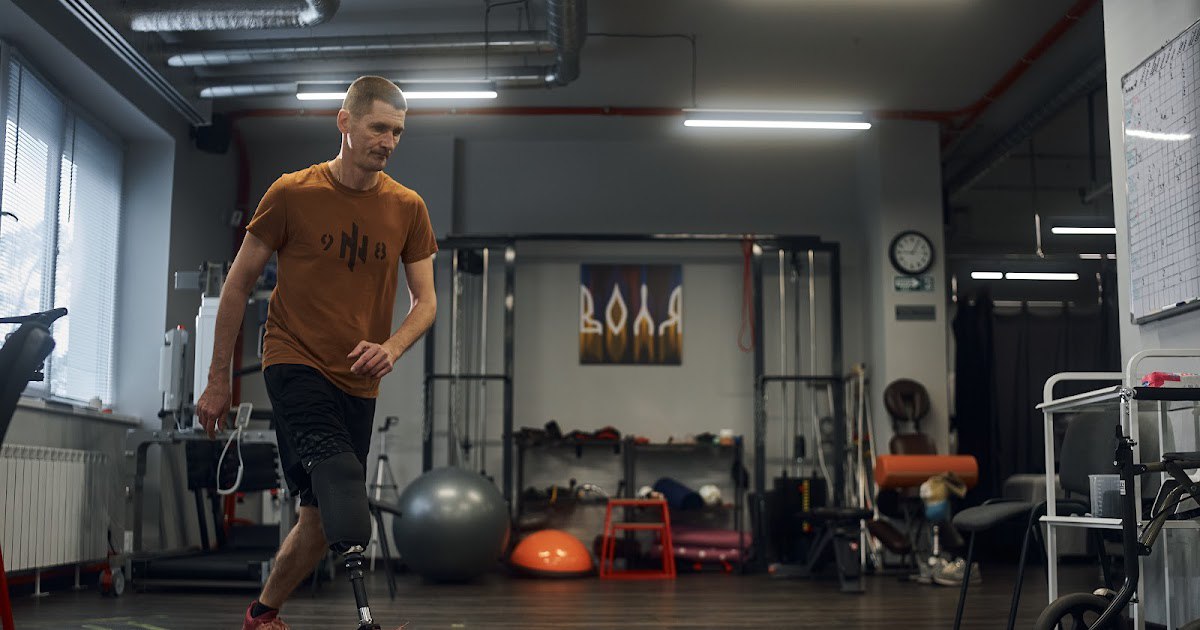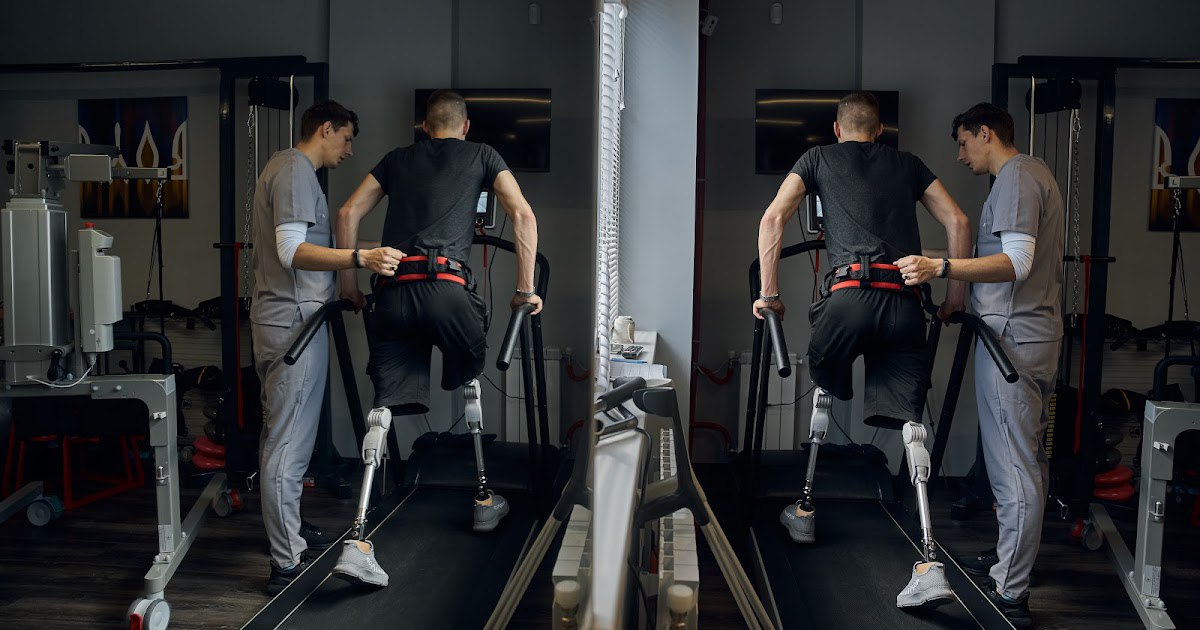Principles of rehabilitation
Principles of rehabilitation of the walking function in patients with limb amputations as a result of mine-explosive injuries and gunshot wounds.
9:00 a.m. to 12:00 p.m.
Practice
13:00 to 17:00
Principles of rehabilitation of walking function in patients with limb amputations due to mine-blast injuries and gunshot wounds.
BRIEF DESCRIPTION OF THE COURSE:
The course provides a comprehensive overview of clinical gait analysis for those who are relatively new to the field. It is designed to improve understanding of the normal and pathological gait pattern, focusing on theory, clinical observations, treatment, prosthetics and rehabilitation. Completion of this course will help you to implement rehabilitation of patients with amputations in your practice. The course will consist of lectures, master classes and practical exercises that will allow participants to gain an understanding of the physiological stereotype of gait and learn how to describe it systematically. Various elements of instrumental gait analysis will be discussed in detail. Real-life clinical cases will be used to demonstrate how to interpret these data and to relate the results to the clinical examination and patient history.
COURSE OBJECTIVES:
To teach walking training skills to patients with lower and upper limb amputations due to mine-blast injuries and gunshot wounds.
COURSE PLAN:
- Assessment of basic knowledge, testing.
Anatomy and physiology of walking. - Biomechanics of walking (gait pattern and phases)
- Vestibular function. Balance training (statically, dynamically) while walking
- Diagnosis of walking, progress (goniometry, dynamometry, data interpretation).
- Drawing up a walking rehabilitation protocol (rehabilitation plan, transition between stages, training components, frequency and intensity of training)
- Medical equipment in walking rehabilitation
- Monitoring and dynamic changes in the rehabilitation process
- Control of the cardiovascular system reaction during rehabilitation
- Features of rehabilitation in amputations of limbs due to mine-blast trauma and gunshot wounds (part 1)
– First medical aid
– Organization of the patient’s route
– Features in the provision of psychological assistance - Peculiarities of rehabilitation in case of amputation of limbs as a result of mine-blast trauma and gunshot wounds (part 2)
– Differences in the walking protocol at the secondary and tertiary stages of rehabilitation
– Management of pain syndrome
Final testing of the acquired skills and knowledge.
PRACTICE:
- Assessment of walking quality. Diagnostics. Conducting functional walking tests
- Balance testing (dynamic, static testing)
- Physiotherapy in walking rehabilitation
- Neuromuscular facilitation. Training of step parameters on a prosthesis.
- Work with suspension systems, ergometer, treadmill
- The principle of “challenge” in training.
- Features of walking training for amputees on a horizontal surface
- Cardio testing and walking training
- Training for walking on stairs
- Running training.
COURSE TIME AND DURATION:
January 16 – January 21, 2023.
- Maximum number of 30 students per course
- 40 hour training week, including:
- 20 lecture hours
- 20 practical hours and master classes
Course hours:
- Theory from 9:00 to 12:00 for all course participants
- Practice from 13:00 to 17:00 (2 groups of 15 people)
- Upon completion of the course, 25 qualification points of continuous professional development are awarded
FOR WHOM THE COURSE IS DESIGNED:
Doctors of physical and rehabilitation medicine, neurologists, orthopedists, traumatologists, general practitioners and family doctors, physical therapists. People with medical education who are engaged in the rehabilitation of patients with amputations.






